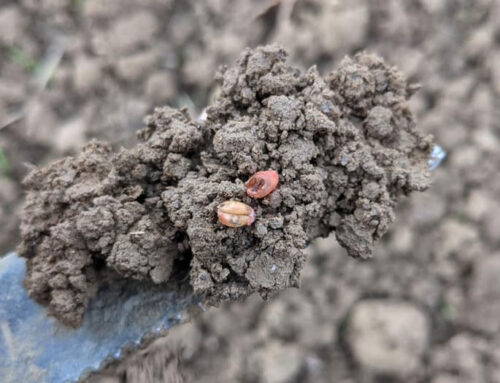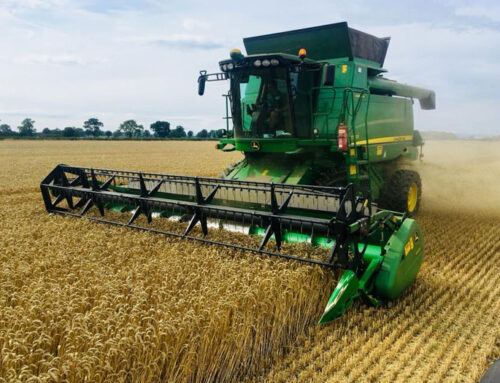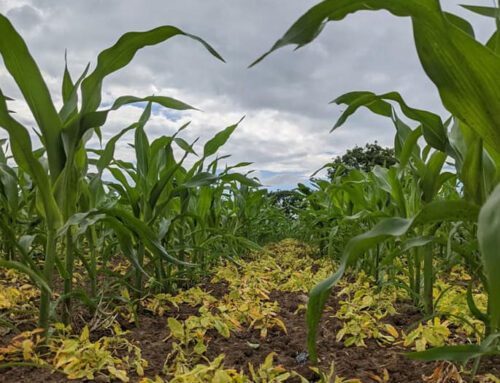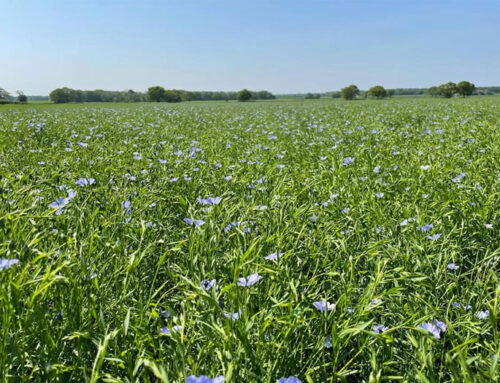February and March are always some of my favourite times of the growing season, not only do we get to see crops gently recover from their winters snooze but more importantly it marks the start of the 6 nations! Can it be England’s year? Based on the first two weeks displays there are certainly tweaks and changes that will need to be made. The weather is always the easiest way to ease yourself into a column. Current conditions are near perfect albeit a little unnerving for this time of year, a brief glance at the calendar reminds me we are still in the second week of February and if history has taught us anything it’s that the hefty door of winter still swings slightly ajar. The phrase ‘false spring’ springs to mind (excuse the pun!). Fertiliser prices easing back has been embraced with open arms by all however as with anything in farming the steady fall in commodity prices brings everything back in line. Like many I have started the new series of Clarkson Farm and again have to say how enjoyable it is and how his portrayal of true life on the farm is hitting home with many of the general public.
With ground conditions resembling that of early April I have raised the chequered flag for some fertiliser spinners anxiously waiting at the field gate. Pigeon-damaged oilseed crops are first on the job list to help try and get them away from these green leaf scavengers. Once these are done then only due to the favourable conditions can the machines carry on making their way through the rest.
Not much has changed on the cereal front since my last article, the firm ground conditions have allowed sprayers to have a test run before the main season kicks off by applying manganese to hungry crops. While autumn herbicides have worked well feet on the ground this time of year allows me to plan and manage any weed tidy-ups that may be required in the next few weeks.
Recent technical updates are highlighting the increased cost in chemicals this season namely fungicides, careful planning of rates that are both effective yet financially viable will be more important than ever this year to ensure there is still a profit to be made when the shed is empty. I fear supply could also be an unwanted problem gently sitting on the horizon.
Linseed crops have wintered well and early next month will be getting a spring weed tidy up which is a routine on those light sandy fields. Disease levels are low yet crop height is slightly on the tall side so a strong PGR will be needed when this crop fully wakes up.
Propyzamide continues to work well in OSR crops with grassweeds really dying back at speed over the last 2 weeks. Weed spotting for poppies, thistles or mayweeds is vital at this time of year as there is a very small window in which we have a chance to control these in early spring. No farmer will thank you for red fields or cotton-like landscapes during harvest.
Our soil sampling arm of the business Soil Advisor continues to keep busy and will hopefully have all the prescribed work completed by the end of this month.
At the time of writing I am yet to be told I have spring barley in the ground but it’s only a matter of time, ideally I would like a little more warmth in the soil however with conditions as they are it’s like telling Bruce Bogtrotter to leave the chocolate cake alone in Matilda.




